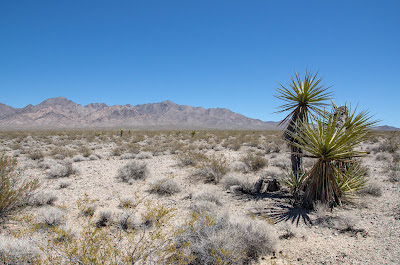Desert Solar Killing Water Birds

Birds that are typically only found along rivers and at lakes are turning up dead at industrial-scale solar plants in the middle of the desert, according to KCET's ReWire , probably dying of thirst or collision with reflective solar panels. The birds almost certainly are attracted to the facilities from far away because the field of reflective solar panels or troughs appear as a body of water. Basin & Range Watch found this photo of one of the dead brown pelicans in the monthly compliance report for NextEra's Genesis Solar project. Notice the nearly perfect reflection of the sky in the solar trough above the dead bird. KCET's ReWire did some research and found that 37 dead or injured birds have been found at the newly-constructed Desert Sunlight (built by First Solar) and Genesis (built by NextEra) solar projects near Joshua Tree National Park. More than half of the birds are water birds, possibly straying from their normal habitat at the Salton Sea ...










